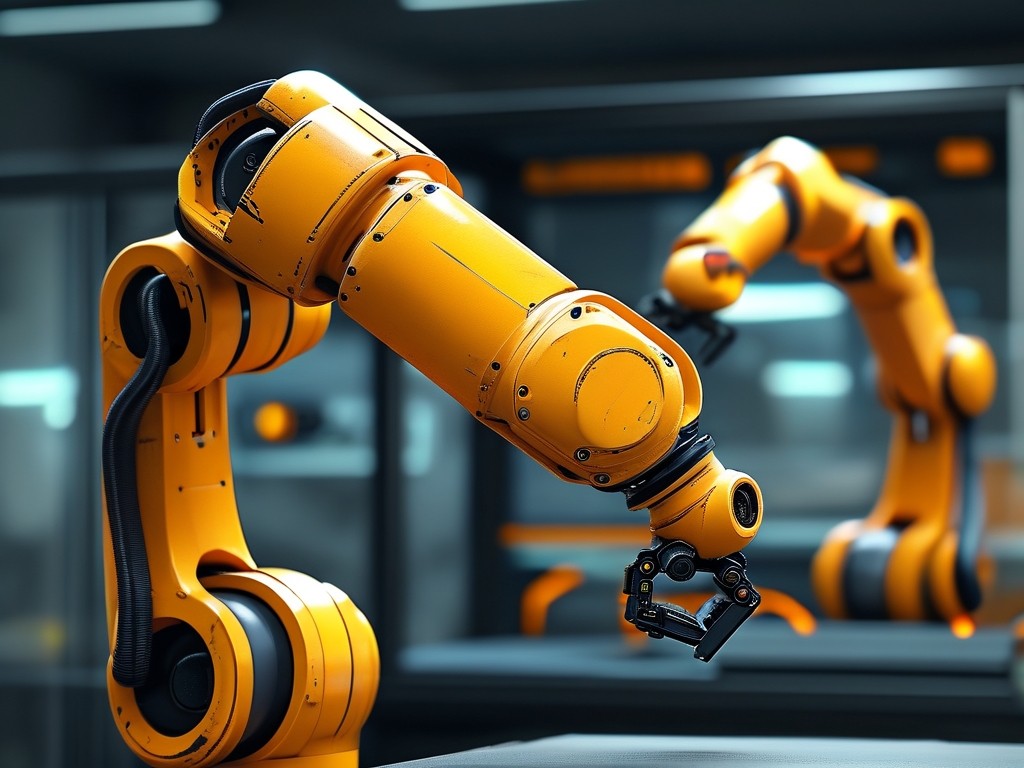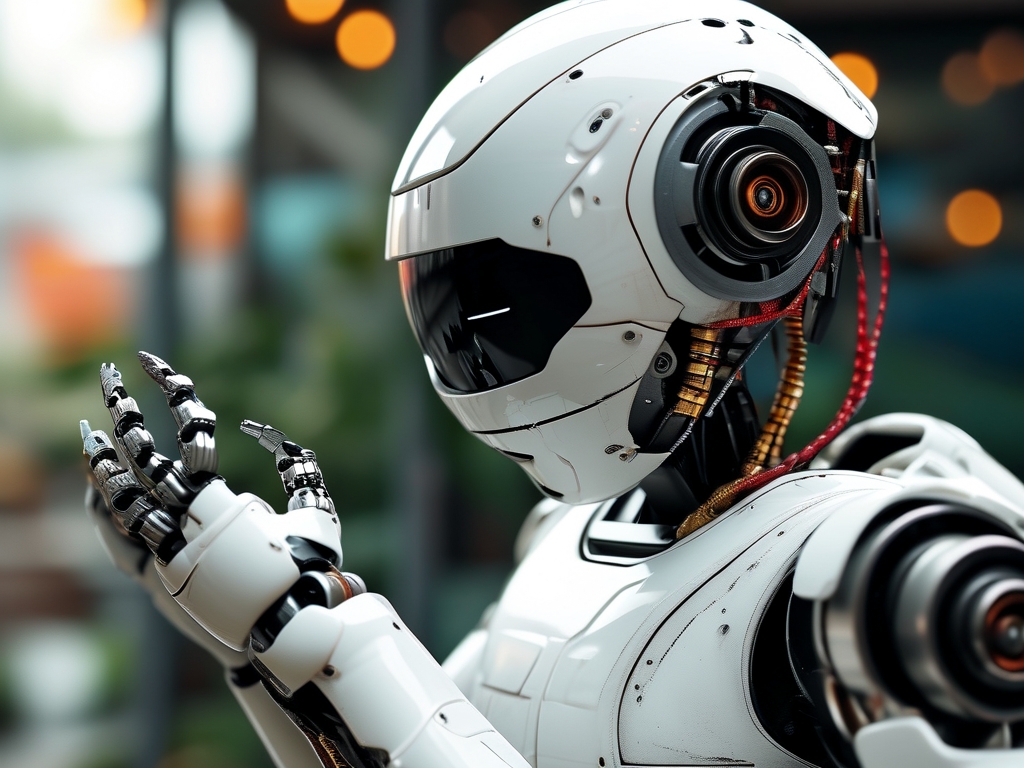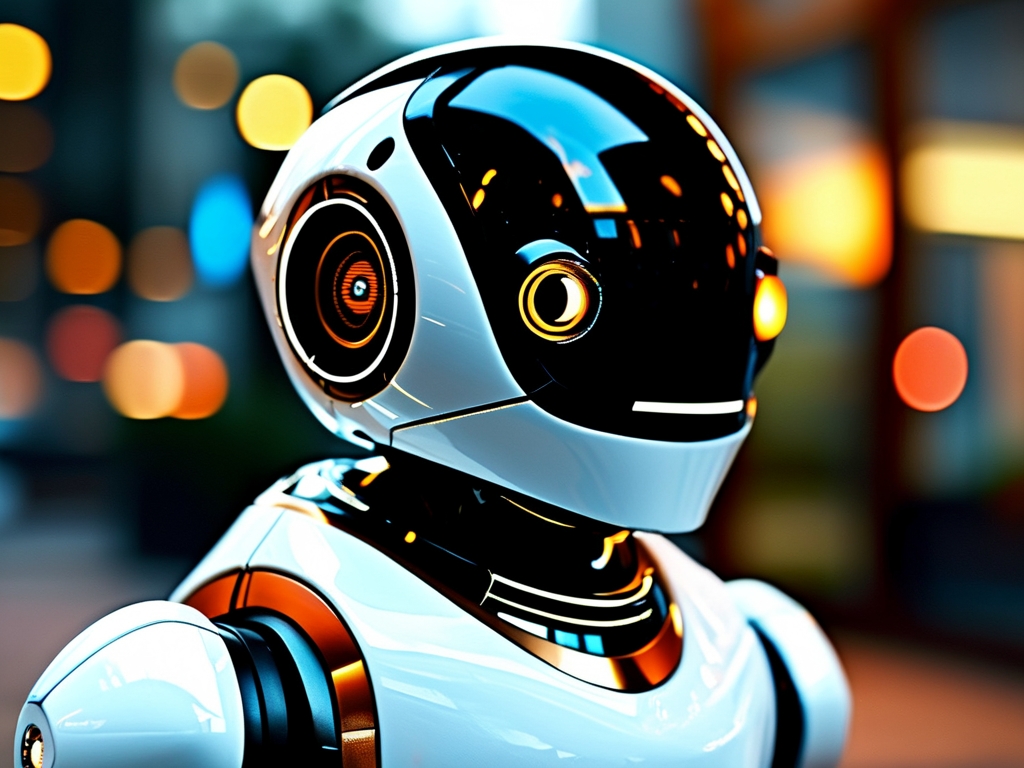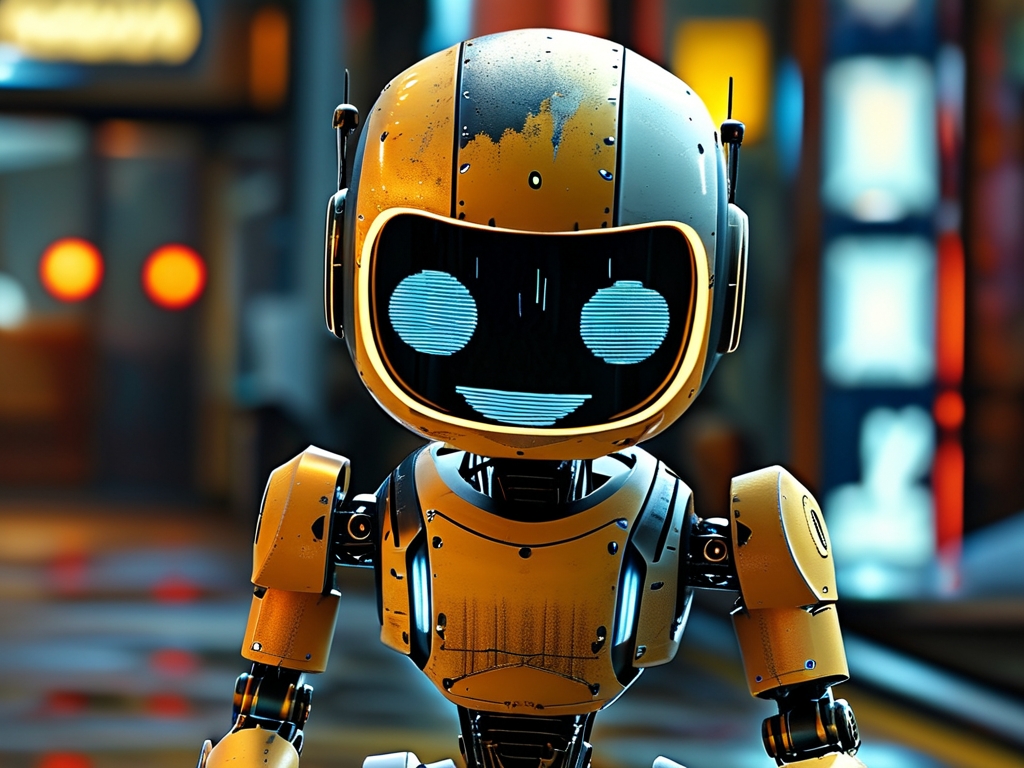The evolution of robotics stands at a critical inflection point, with emerging technologies reshaping how machines perceive, learn, and interact with the physical world. As we chart the future technology roadmap for robotics, three core trajectories emerge: enhanced autonomy, seamless human collaboration, and sustainable adaptability. These pillars will define the next decade of innovation, transforming industries from healthcare to space exploration.
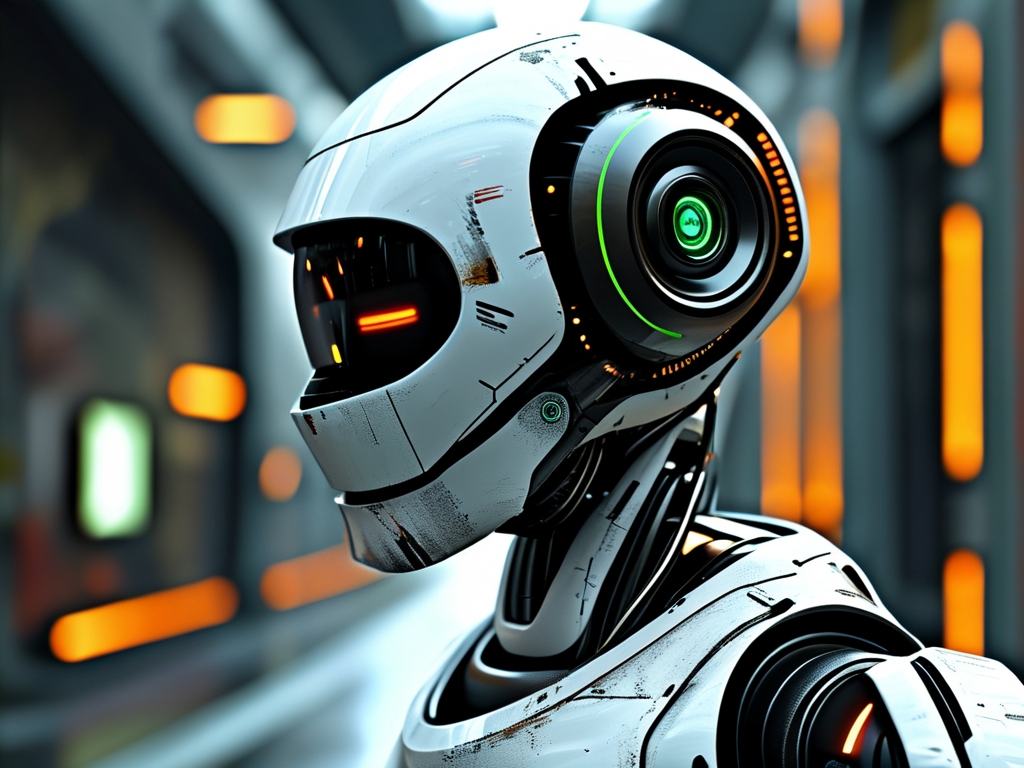
1. The Pursuit of Advanced Autonomy
Future robots will transcend preprogrammed tasks through breakthroughs in artificial intelligence (AI) and machine learning. Key developments include:
- Self-Optimizing Algorithms: Systems capable of real-time decision-making in dynamic environments, such as autonomous delivery drones navigating crowded urban airspaces.
- Neuromorphic Computing: Brain-inspired chips that enable energy-efficient processing for edge robotics, reducing reliance on cloud infrastructure.
- Multi-Sensor Fusion: Integration of LiDAR, 3D vision, and tactile feedback to create "context-aware" robots, as seen in Boston Dynamics' latest humanoid models.
By 2030, autonomous robots could independently manage complex workflows in agriculture, disaster response, and logistics, achieving error rates below 0.1% in precision tasks.
2. Human-Collaborative Robotics: The Symbiosis Era
The second pillar focuses on breaking barriers between humans and machines:
- Emotion-Aware AI: Systems like SoftBank's Pepper robot are pioneering emotion recognition, but future iterations will predict and adapt to human psychological states in real time.
- Haptic Exoskeletons: Wearable robotics that augment human strength while preserving natural movement, revolutionizing manufacturing and rehabilitation.
- Brain-Computer Interfaces (BCIs): Neuralink-like technologies enabling direct thought-to-robot communication, with prototype surgical robots already achieving 85% accuracy in BCI trials.
This symbiosis will redefine workplaces, with collaborative robots (cobots) projected to comprise 35% of industrial automation by 2035, according to MIT's Labor Futures Initiative.
3. Sustainable and Adaptive Systems
The third roadmap axis addresses global challenges:
- Self-Healing Materials: Robotics incorporating graphene-based skins that repair minor damage autonomously, extending operational lifespans by 300%.
- Energy Harvesting: MIT's recent "solar skin" prototype demonstrates robots that recharge through ambient light and motion, eliminating downtime.
- Ecological Integration: Swarm robotics for environmental monitoring, like Harvard's RoboBees pollinating crops and detecting soil toxins.
These innovations align with UN Sustainable Development Goals, potentially reducing industrial carbon footprints by 40% through optimized robotic workflows.
Ethical and Regulatory Frontiers
As robotics advance, critical questions emerge:
- Job Displacement vs. Creation: While the World Economic Forum predicts 97 million new tech-driven jobs by 2030, equitable skill distribution remains a challenge.
- AI Ethics Frameworks: The EU's proposed Artificial Intelligence Act mandates strict accountability protocols for autonomous systems.
- Cybersecurity: Quantum-resistant encryption becomes imperative as robots handle sensitive medical and financial data.
: A Convergent Future
The robotics technology roadmap reveals a convergent future where autonomy, collaboration, and sustainability intersect. Success hinges on interdisciplinary innovation—combining materials science, cognitive psychology, and climate science. As companies like Tesla Optimus and NASA's Mars Rover teams push boundaries, the coming decade will witness robots transitioning from tools to teammates, co-creating solutions for humanity's greatest challenges.
(Word count: 1,027)


